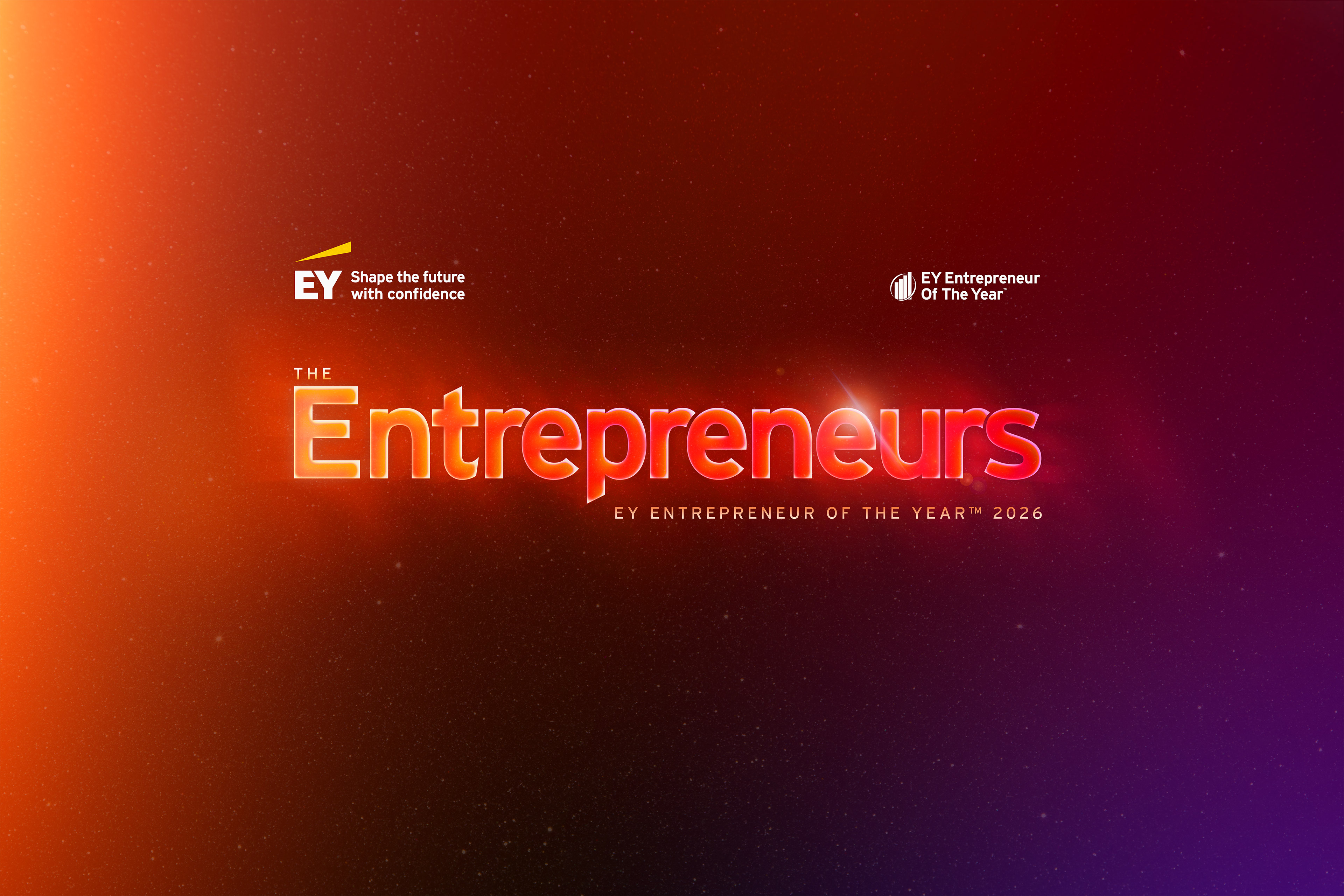EY refers to the global organization, and may refer to one or more, of the member firms of Ernst & Young Global Limited, each of which is a separate legal entity. Ernst & Young Global Limited, a UK company limited by guarantee, does not provide services to clients.

Hydrogen has the potential to achieve sustainability and climate neutrality and will soon be a vital part of Ireland's energy strategy. There are five strategic steps, aimed at mobilising and aligning stakeholders, designing action roadmaps, and effective communication.
In brief
- As part of the National Hydrogen Strategy, green hydrogen is expected to aid in the decarbonisation of the economy, enhance energy security, and create industrial and export market opportunities.
- To transition from a national ambition to more actionable initiatives, Ireland intends to develop a "North Star" strategy.
- These steps aim to address the evolving nature of the green hydrogen industry and keep Ireland competitive in the global energy transition.
Hydrogen, once a modest topic of policy and industry discussions, now holds great potential as one of the most abundant elements in the universe. After decades of research and policy development, green hydrogen has landed a role in the journey to climate neutrality and sustainability.
Green hydrogen for Ireland
COP28 will witness the launch of a global pledge on renewable sources and energy efficiency improvements to be doubled and tripled respectively. These efforts are not only fully in synch with a clean energy transition model, but they complement the phase out of unabated fossil fuels where green hydrogen plays an important role.
In Ireland, the second annual update to the Climate Action Plan¹ was published in 2023 where “hydrogen” is mentioned numerous times and as a relevant key performance indicator for 2030 renewable energy generation.
The National Hydrogen Strategy, launched last July, foresees three areas where the development of green hydrogen will have a positive impact:
- Decarbonising of the economy: Introduce green hydrogen as a zero-carbon alternative to fossil fuels in ‘hard to abate’ sectors and where electrification is inefficient or not feasible.
- Enhancing energy security: Harnessing Ireland’s offshore wind energy resources and supporting the production of green hydrogen from curtailed renewable electricity.
- Creating industrial and export market opportunities: In the long term, Ireland could produce green hydrogen in excess of our own needs, therefore creating an export market.
In addition, measures to be implemented between 2031-2035 on “Green Hydrogen Production via 2 GW of Offshore Wind”, suggest that over the next few years we will see green hydrogen pilot projects, investment in research and small but steady steps towards building a green hydrogen business case for Ireland.
A green hydrogen business case
Ireland’s ambitious targets are leading to a strong green energy industry with some of the largest and diverse volumes of renewable penetrations globally. These plans mean that Ireland’s grid will need to be reinforced and develop to keep the levels of renewable energy curtailment to a minimum whilst maintaining system reliability. EirGrid’s roadmap “Shaping our Electricity Future” has considered future options and measures to deliver on the 2030 Renewable Ambition² , where green hydrogen will have an important role in the power sector.
The role as a zero-emission source of dispatchable flexible electricity however is only a fraction of green hydrogen’s recognised potential. Decarbonising industrial processes, long duration storage of renewable energy over seasonal periods and fuelling heavy goods transport, maritime and aviation are use-cases that green hydrogen can also deliver.
2030 starts now
Between now and 2030, Ireland has strategically considered the deployment of hydrogen research and pilot projects, thus building regulatory confidence while keeping capital investment low whilst the global hydrogen industry continues to evolve
In the early 2030s, there is a prediction of a rapid increase in hydrogen demand, which will be focused on specific regions known as "hydrogen valleys". Policy advancements are backing this idea, and clusters in Ireland will take advantage of the benefits of having offshore wind farms near potential major consumers. As a result, visionary masterplans have been established in regions like Cork, Shannon, and Dublin.
During the mid-2030’s, Ireland’s plans to repurpose its existing natural gas pipeline infrastructure by transforming it into a national hydrogen network will open doors to new high priority end users and exporting opportunities. Agreements such as the deal between the Department of the Environment, Climate and Communications and the German Federal Research Ministry will yield results.
Five steps to kickstart
Now that national governments have established individual hydrogen strategies, it is time to move from a national ambition to decentralised actions. Five steps to consider now in order to keep the pace and remain competitive in the global energy transition include:
1. Develop a “North Star” strategy
Wherever your organisation sits in the value chain, there is no doubt that your north-star strategy should call for a shift to cleaner and more sustainable operations, where green hydrogen could have an important role when direct electrification is not feasible.
2. Align stakeholders
Effective policy implementation requires collaboration across sectors and great leadership. Consortiums for green hydrogen projects should be encouraged where funding opportunities such as the European Hydrogen Bank³ will help address their initial financial challenges.
3. Design mobilisation plans
Green hydrogen, being a relatively young and evolving industry, requires systematic mobilisation plans and manageable time frames. The ability of coordinating available resources in diverse environments opens collaboration opportunities and builds resilience.
4. Set a roadmap of clear actions
Establish the foundations for an industrialised hydrogen economy and identifying opportunities to scale. Clear actions also keep organisations and teams accountable to the public and shareholders, avoid duplication of work and forecast risks and opportunities.
5. Communicate your journey
Communication plans are cross-cutting elements of any successful project. The hydrogen industry addresses a diverse group of stakeholders where clear and tailored messaging is essential.

Five steps on how EY can help your business deliver a hydrogen strategy.
Summary
Businesses must develop a strategic and collaborative approach towards green hydrogen adoption, establishing a strategy focused on cleaner and more sustainable operations where green hydrogen can play a vital role. Engaging with stakeholders, designing systematic mobilisation plans, and setting clear and accountable action roadmaps is crucial, alongside transparent communication of the journey to all stakeholders. With these measures, businesses can position themselves competitively in the evolving global energy transition towards hydrogen.



